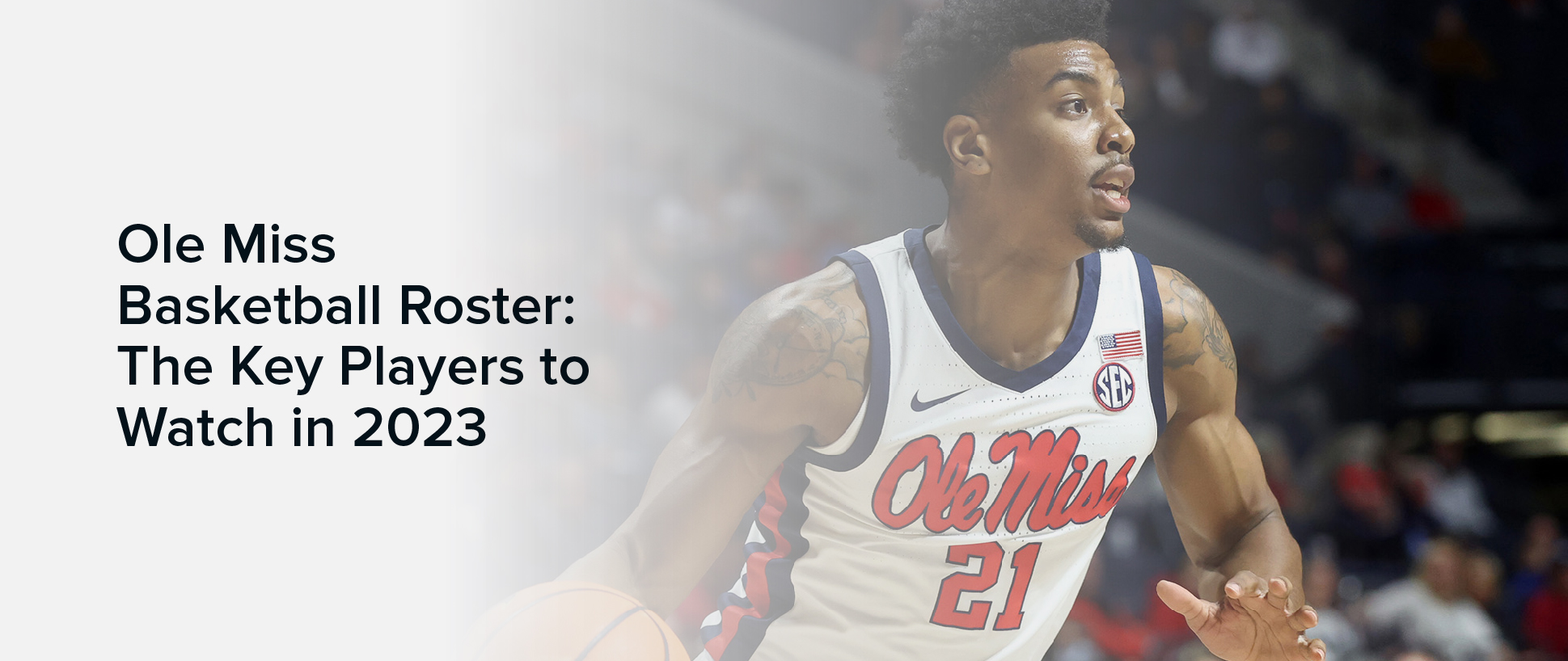March Madness is one of the most exciting times of the year for sports fans and college basketball enthusiasts alike.
The 2025 NCAA Tournament is set to tip off with Selection Sunday on March 16, and from then on, basketball fans will experience weeks of unpredictable matchups, buzzer-beaters, and unforgettable moments.
The best way to get involved (aside from watching, of course) is by creating your own March Madness bracket.
But how can you build the perfect bracket? While there’s no foolproof formula to predict the madness, a few tips can improve your prediction game.
March Madness Bracketology

This guide will walk you through key strategies to help maximize your chances of creating a winning bracket.
Know the 2025 March Madness Schedule
Before we get into strategy, make sure you’re familiar with this year’s tournament schedule so you don’t miss a second of the action:
- Selection Sunday: March 16
- First Four Games: March 18-19
- First Round: March 20-21
- Second Round: March 22-23
- Sweet 16: March 27-28
- Elite Eight: March 29-30
- Final Four: April 5
- National Championship Game: April 7
The Final Four and the championship game will both take place at the Alamodome in San Antonio, Texas, making it a grand stage for the culmination of the tournament.
Tip #1 – Balance Logic with Upsets
While picking all No. 1 seeds to make the Final Four may seem like a safe bet, March Madness is famous for unexpected upsets.
Every year, lower-seeded teams—dubbed “Cinderella teams”—pull off shocking victories. To build the perfect bracket, you’ll need to strike a balance between logic and surprise.
- Follow the numbers: Look at team stats, regular season records, and historical performances to make educated guesses.
- Leave room for chaos: Don’t be afraid to pick a couple of underdogs to advance to later rounds. On average, one No. 12 seed beats a No. 5 seed each year, so use stats like this to guide your decisions.
Tip #2 – Research Each Region
The tournament is split into four regions, and each region has its own set of dynamics. Take time to examine how each team is seeded along with their records, strengths, and weaknesses.
Focus on matchups that look competitive and teams with particularly strong defenses or offenses.
Additionally, keep in mind whether the games are played close to the higher-seeded team’s home court—the location could impact team performance.
Tip #3 – Use NCAAB Odds to Your Advantage
NCAAB odds are a helpful resource for understanding how teams are likely to perform. These odds provide insights into each team’s likelihood of advancing, as well as betting lines for who could make the Final Four or win the National Championship.
On online platforms like FanDuel, you can also track the betting trends for each team to see which ones are popular picks and which ones are being underestimated. Use this information to inform your bracket strategy.
While the odds reflect the sportsbook’s predictions and betting trends, they’re also a great way to notice dark horse contenders or verify your instincts against expert analysis. Keep an eye on the NCAAB odds by FanDuel as Selection Sunday unfolds and betting options expand.
Tip #4 – Avoid Bias
It’s easy to get wrapped up in rooting for your favorite team or alma mater but staying impartial will help you make better decisions.
Be honest about the strengths and weaknesses of the teams you’re backing and avoid falling into the trap of overly optimistic picks just because you’re rooting for them.
Tip #5 – Pay Attention to Momentum
Teams that enter the tournament on a hot streak are the ones to watch. If a lower seed wins their conference tournament or beats several strong opponents in the final weeks of the season, they could carry that momentum into March Madness.
On the flip side, don’t be afraid to question the staying power of a top seed that has stumbled late in the regular season.
Tip #6 – Use Historical Data
March Madness history is full of patterns that can guide your picks. For example, a No. 16 seed has only beaten a No. 1 seed once, making those matchups generally safe to pick.
Similarly, at least one No. 6 or No. 7 seed often makes a deep run, so it’s worthwhile to give mid-tier seeds a closer look when filling out your bracket.
Make Your Picks Count
March Madness brackets are meant to be unpredictable, which is why they’re so much fun. While there’s no perfect formula, using research, historical trends, and online platforms like FanDuel can help you make smarter decisions.
Whether you’re competing with friends, coworkers, or a wider pool of basketball fans, building your bracket is all about enjoying the spirit of competition and the thrill of the tournament.








